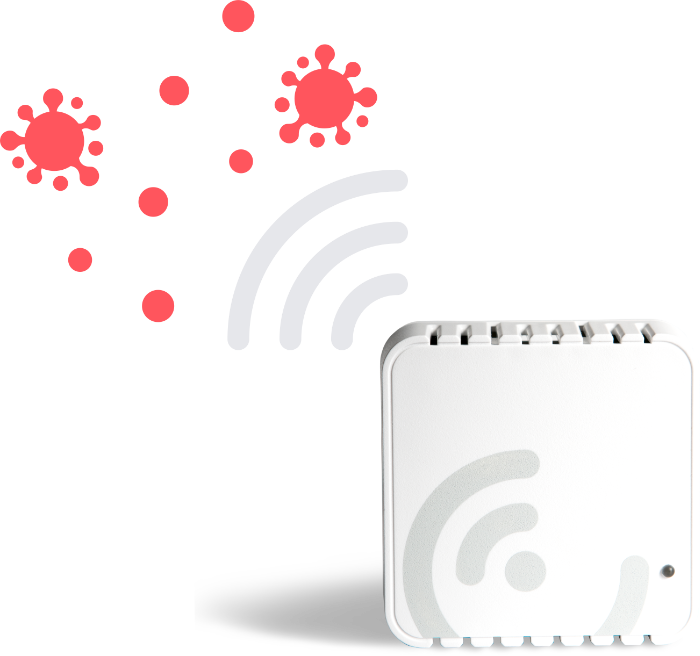When you exhale you release CO₂ into the air. CO₂ levels can quickly rise in indoor spaces depending on the room size, ventilation rate and occupancy levels. Monitoring, understanding and minimising the indoor CO₂ levels can be crucially important for two critical reasons.
For productivity reasons:
Did you ever get that feeling at the end of a long meeting that you just couldn’t keep focussed and you weren’t performing at your best level? Rather than blame the meeting it’s entirely possible you could have been suffering from high indoor carbon dioxide levels.
Several clinical studies have shown that human performance and decision-making is impaired as CO₂ levels rise from that of fresh air (about 400 ppm). A published study from Harvard University into the effects of CO₂ on cognitive ability showed that on average, cognitive abilities decreased by 15% when CO₂ levels increased from 600 to 1,000 ppm. Most affected is our ability to use information and make strategic decisions. At CO2 levels of 1,400 ppm, the average decrease was 50% and at 2,500 ppm it was 65%.

For health reasons:
Breathing, coughing and talking are the primary ways many diseases (including coronavirus) spread. CO₂ levels indicate whether enough fresh air is entering a room to ensure the risk of viral infection transmission is kept low to counter potentially infectious exhalations. In 2019 researchers in Taiwan reported on the effect of ventilation on a tuberculosis outbreak at Taipei University. Many of the rooms in the school were under-ventilated and had CO₂ levels above 3,000 ppm. When engineers improved air circulation and got CO₂ levels under 600 ppm, the outbreak completely stopped. According to the research, the increase in ventilation was responsible for 97% of the decrease in transmission.
The level of ventilation in an indoor space is very good at 400-500 ppm, but even at readings around 800 ppm things can start to get risky because 1% of the air has already been breathed by someone. The Scientific Advisory Group for Emergencies (SAGE) advises using CO₂ sensors are a useful measure of viral risk.
